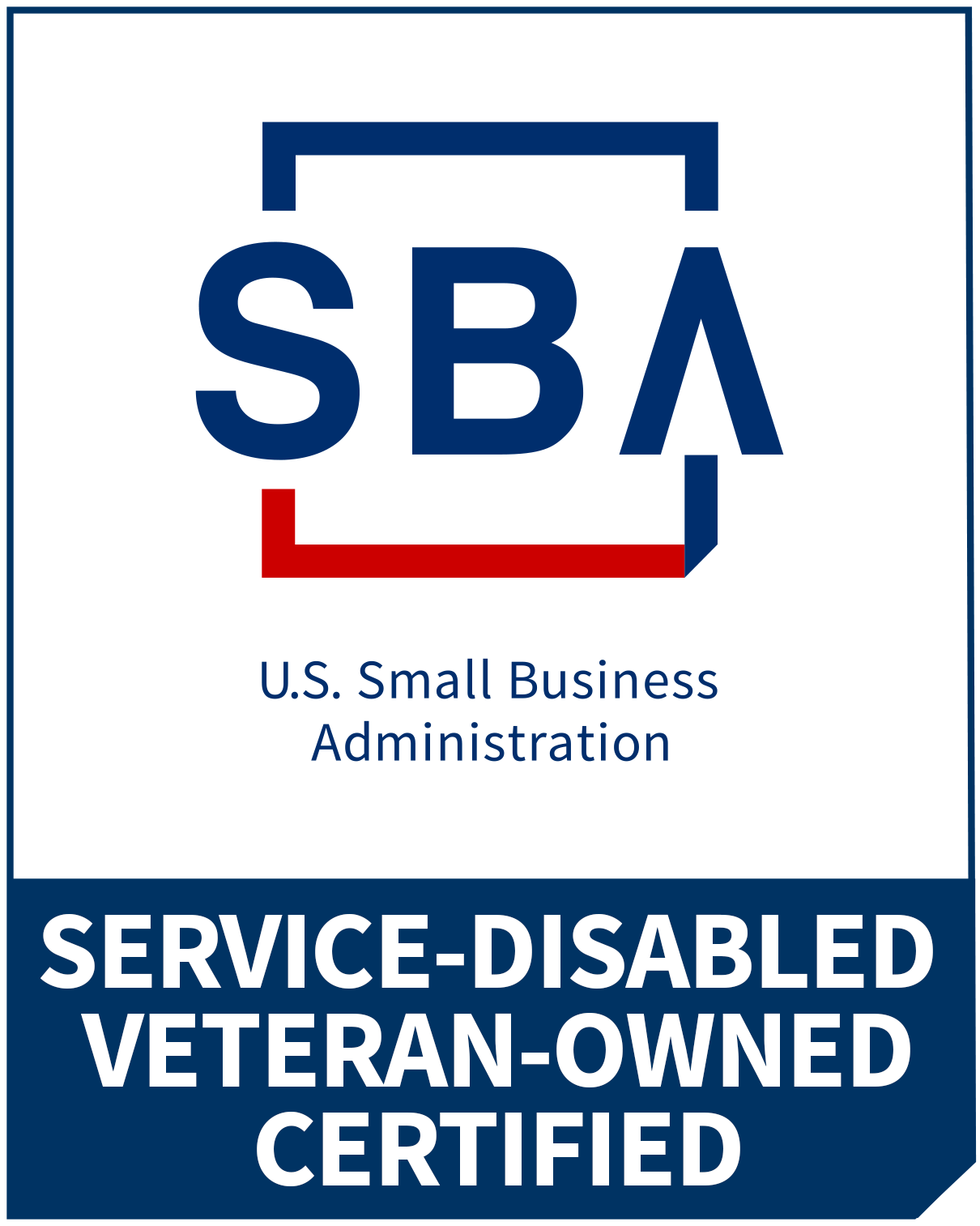Is fear affecting your decision making?
Way back when I decided to leave active duty I took a friend, a fellow captain, to the informational meeting held by Cameron Brooks, the placement company that went on to help me land my first post-military civilian job. We had each been in the Air Force for about a decade, and I think he was just curious about what they had to say. We met up after the presentation and he was cool to the idea of making the move. I asked him why and his reply was so stark and simply stated that I remember it today: “I don’t know anything else.” (Any other life than the military, he meant.)
Now, since those days we’ve fallen out of touch so I’m not sure if his decision was the right one…only he can make that call anyway. Today I imagine he remained in the service, and now likely retired or is near it. What I do know is that my friend’s fear of doing something new kept him from jumping from active duty into a new civilian career…kept him from making a move based on analyzing an opportunity. Not to disparage his choice—ultimately perhaps he’s better off—but fear was his driving factor. […]
Keeping up with your professional network
One of the things that makes being an independent consultant different from work ‘on the inside’ is that doing things like keeping up with LinkedIn and other ‘work-related’ social networks is actually part of the job. While it may seem a luxury to be able to find cool stuff here or find out about promotions and career moves of connections, LinkedIn and other such platforms are bread-and-butter. It’s where we connect, sometimes where we find leads, and always where we share our insights. If you’re not in this sort of business, LinkedIn may be something you rarely even think about or a site you hardly ever visit. I know that, in my last corporate incarnation, I had several colleagues who never used LinkedIn, some of whom didn’t even have profiles. I had one co-worker who insisted that she never used it because she didn’t want to give the impression to the boss that she was looking for work (she wasn’t, but still, her reasoning went, why give anybody a reason to think so?) If you’re not as active as those of us who live and breathe business networking but still want to find a good way to stay in touch, below is an article I wrote a few years ago while I was working full-time that I think still stands up. I’ve updated a couple of spots and of course, edited it for clarity. Enjoy. […]
Agile and CX: Embracing Change
This is the final installment of four articles tying the concepts, values, and principles of Agile and Scrum to the Customer Experience discipline. I introduced the series here, and parts one, two, and three are here, here, and here. In this article, I’ll dive into the concept of embracing change. Specifically, the Manifesto highlights this aspect of Agile project management as preferring to respond to change rather than following a plan.
Now, the idea here isn’t to not have a plan or that planning is somehow bad or discouraged. But keep in mind that the genesis of Agile as an approach to project management was a rejection of the rigid nature with which some PMs follow a plan, ignoring or wishing-away changes to the environment around them. As I mentioned in an earlier article in this series, when Customer needs change (as they always do), it won’t do to simply follow the plan as originally written and expect good results. […]
CX and Agile: Collaboration over negotiation
This is the third in a series of four articles about applying the concepts of Agile and Scrum to Customer Experience. I introduce the concept here, and parts one and two are here and here, respectively. In this installment, we’ll consider the value that considers Customer collaboration to be more important than contract negotiation. […]
Agile and CX: Working software over documentation
This is part two of a four-part series of articles wherein I tie out the principles and values of Agile Project Management with Customer Experience. I introduced the concept here, and part one is here. Let’s jump right in to the second value, as articulated in the Agile Manifesto and associate a few Agile principles along the way: […]
Agile and CX: Prioritizing People over process
This is the first in a four-part series of articles about Agile/Scrum and how we as CX practitioners and leaders can integrate the approach and theories of Agile Project Management in our work. I’m framing the series by way of highlighting Agile’s four values as enumerated in the Agile Manifesto and also integrating what are called the twelve principles advanced by the same group that invented it. You can find the introduction article to this series here.
In this installment, I’ll be reviewing the first Agile value of prioritizing individuals and their interactions over adherence to processes and the use of tools. […]





